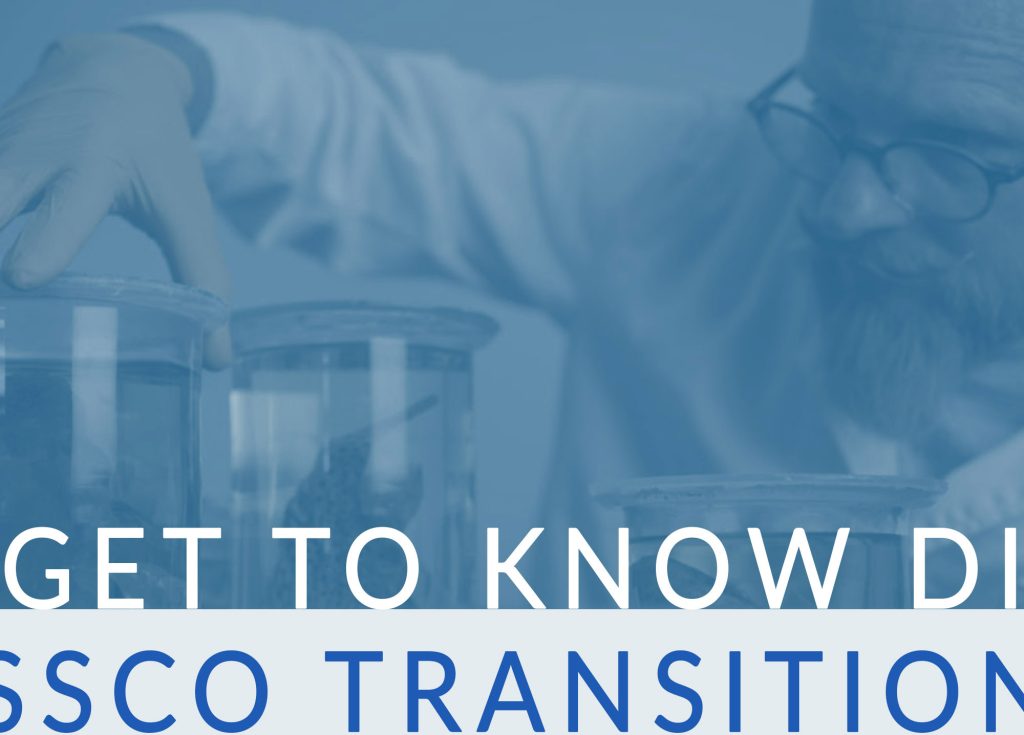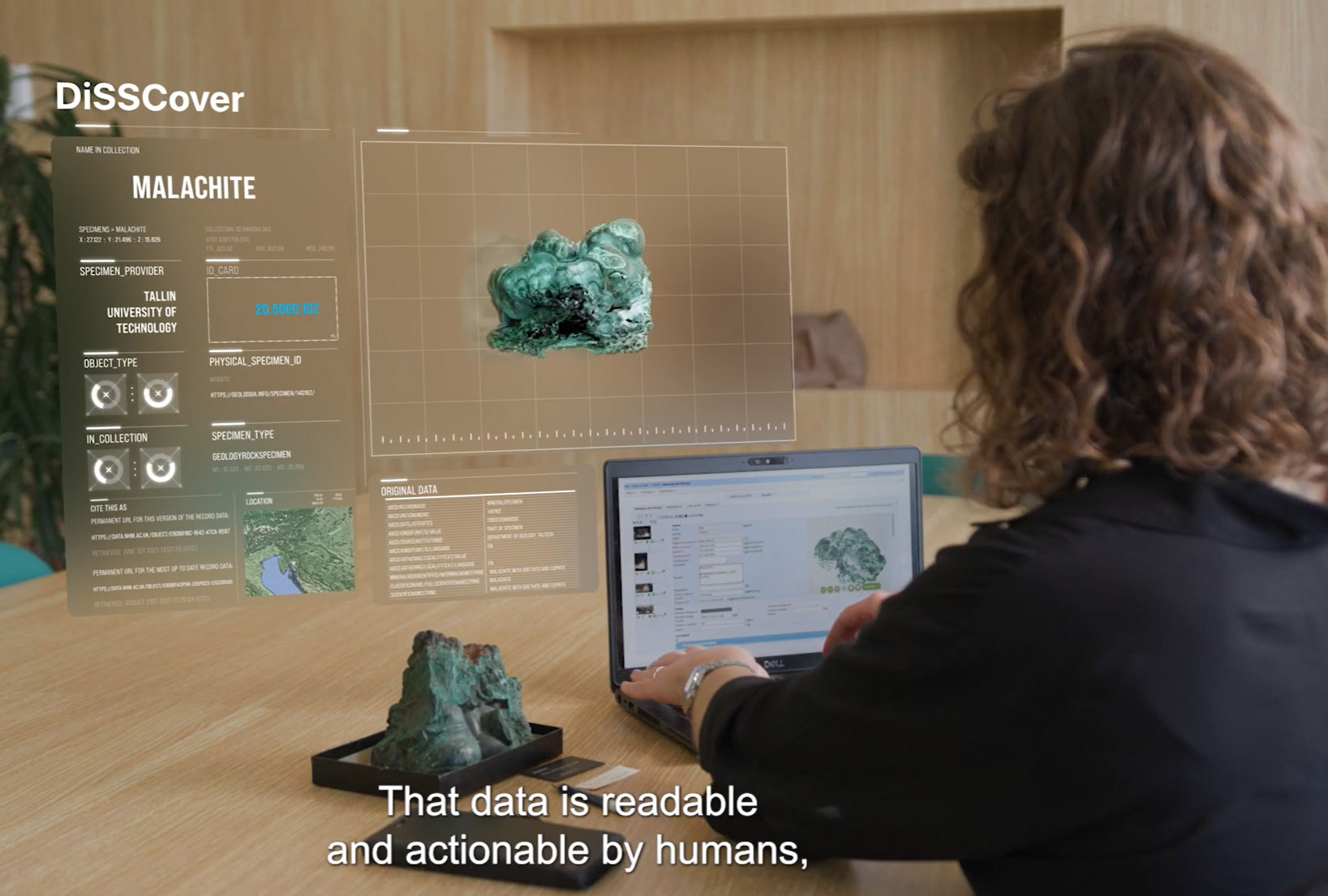
4 April 2024
To achieve its goals, DiSSCo is working on the basis of an innovative data management architecture, what we call DiSSCo Digital Specimen Architecture (DSArch). In this brief post, we will shed some light on the revolutionary concept of Digital Specimen, including a bit of context that is necessary to understand how crucial this new concept is.
The context: FAIR data
The amount of data generated and made available every single hour on the Internet is so massive and varied that it has ceased to be feasible for us humans to make sense of it, at least using our current processes and standards. Needless to say, this also applies to the enormous amount of biodiversity research data generated every day.
What to do? How to tackle this constant “tsunami” of information? For natural history collection data, DiSSCo proposes following the FAIR principles, which makes data findable, accessible, interoperable and reusable (FAIR).
There is a lot to say about FAIR data but, in essence, making data FAIR means making it suitable for humans to handle but also, crucially, for machines, i.e. artificial intelligence systems. Keep in mind the “artificial intelligence systems” bit. It is important for what comes next.

Image: creative representation of how DiSSCo’s DSArch works.
The Digital Specimen: FAIR, efficient, dynamic, revolutionary.
The Digital Specimen is a particular type of digital object that, thanks to DiSSCo, will be deployed in natural history collections all over Europe.
You can see the digital specimen as a “digital twin” of a real-life specimen. Picture it: Today, if you want to study a specific specimen, you need to do it in person, that is, you need to travel to the specific collection that hosts it or request a loan so that the collection sends it to your location. The Digital Specimen, however, makes things way faster and more efficient. It replicates the experience of an in-person visit to the collection, but online. In other words, it brings you the opportunity to study the digitised specimen from your computer.
Wait, it gets better
The digital specimen not only provides the information that is usually shown in the tag of a specific specimen in a specific collection. Instead, it brings together a wide array of different types of data -FAIR data, of course- about that specimen, including taxonomic data, genomic data, biochemical data, images… from multiple sources, no matter how remote.

Image: creative representation of a Digital Specimen
Much, much better!
The digital specimen allows for online curation and annotation. This not only means that you can work on the specimen remotely. Crucially, this means that specimens are no longer static. Before, a specimen showed the information written in its tag. The digital specimen will show information that will change as it is progressively updated by scientists and AI systems. In short: it turns static records of specimens into actionable, dynamic data that evolves with Science itself.
Do you want to know more about the technical side of DiSSCo? DiSSCo puts different technical knowledge platforms at the scientific community’s disposal:
DiSSCoTech: Get the latest technical posts about the design of DiSSCo’s Infrastructure
DiSSCo Labs: A preview of experimental services and demonstrators by the DiSSCo community
DiSSCo GitHub: Code hosting for DiSSCo software, version control and collaboration